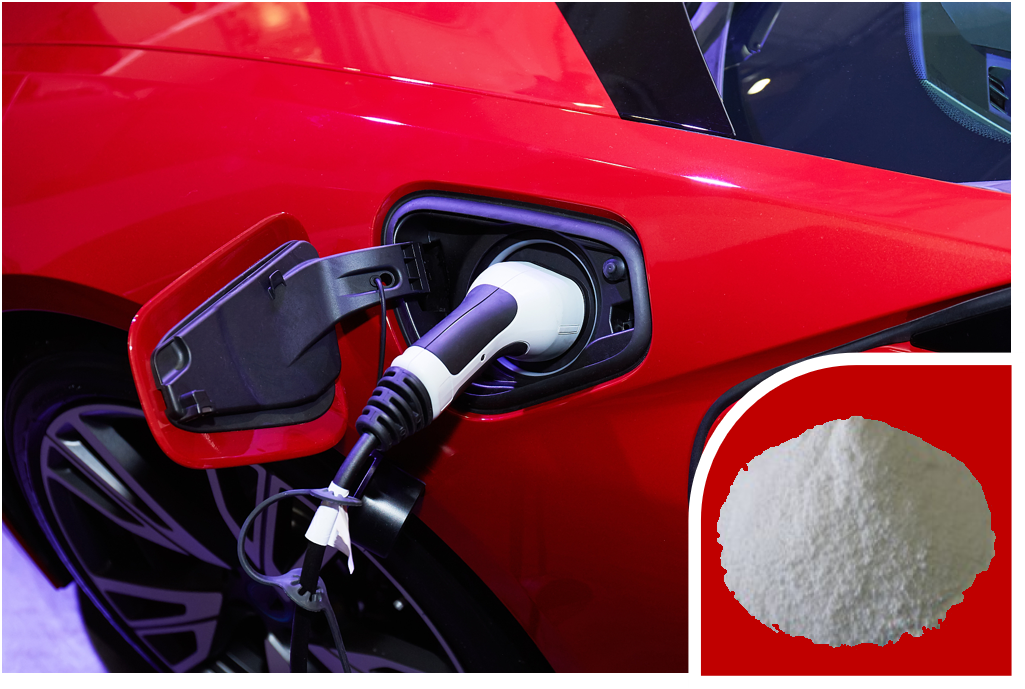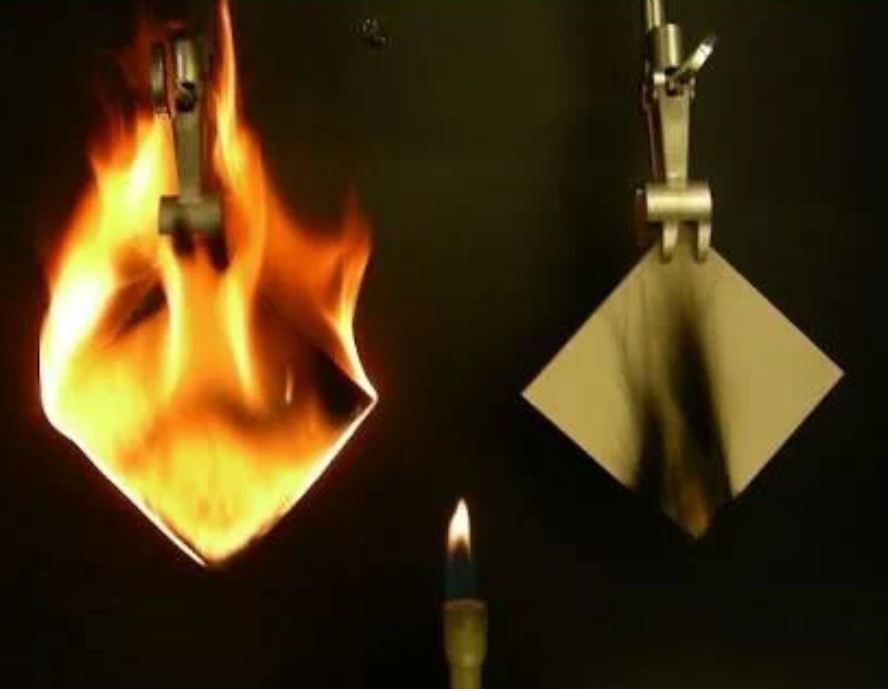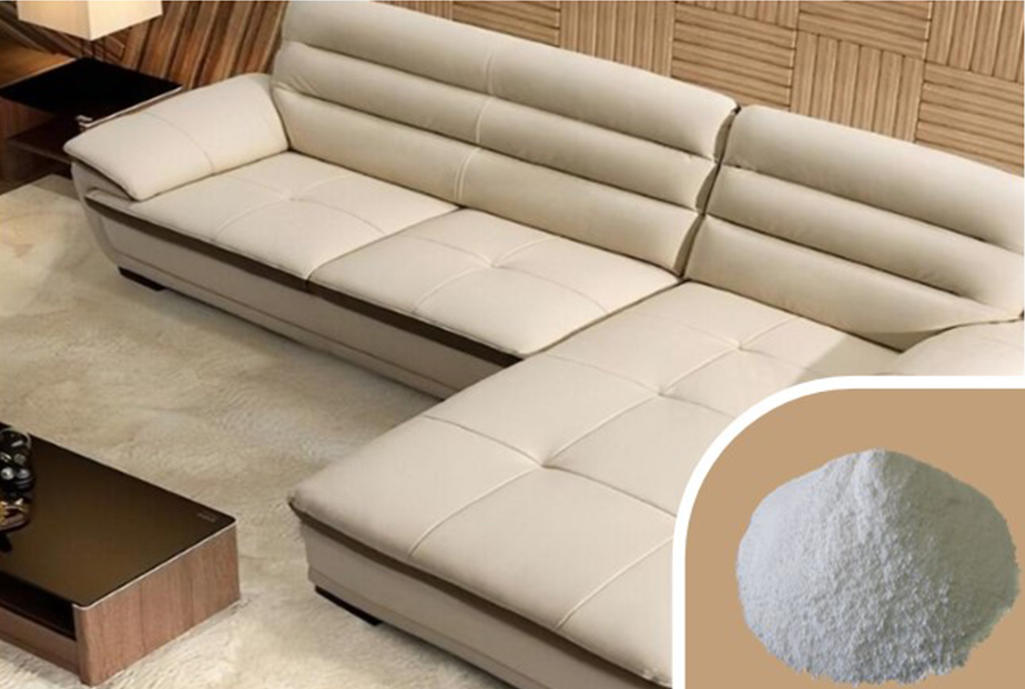Do composite flame retardants maintain their effectiveness over time and with aging or weathering?
2024-09-10
The effectiveness of composite flame retardants can be influenced by various factors over time, including aging, weathering, and environmental conditions. Here’s a detailed look at how these factors can impact their performance:
Aging:Chemical Stability:Degradation: Some flame retardants can degrade chemically over time due to exposure to heat, light, or air, which may reduce their effectiveness. The stability of the chemical compounds used in the flame retardant affects how well it maintains its properties.Long-Term Performance: High-quality composite flame retardants are designed to resist degradation and maintain their flame retardant properties over extended periods.
Material Interaction:Matrix Effects: The interaction between the flame retardant and the composite matrix (e.g., polymer, resin) can impact long-term performance. Compatibility with the matrix is crucial for maintaining effectiveness.Migration: In some cases, flame retardants may migrate out of the composite material over time, reducing their effectiveness. This is particularly a concern in certain types of polymers.
Weathering:Environmental Exposure:UV Radiation: Prolonged exposure to ultraviolet (UV) light can cause degradation of both the composite material and the flame retardant. UV-resistant additives or coatings can help mitigate this effect.Temperature Fluctuations: Extreme temperature changes can affect the physical and chemical stability of flame retardants. Composite materials and flame retardants should be tested for their performance under expected temperature ranges.

Moisture and Humidity:Absorption: Some flame retardants can be sensitive to moisture and humidity, which can lead to changes in their effectiveness. For instance, moisture absorption might lead to leaching or degradation of the flame retardant.Corrosion: In some cases, moisture can lead to corrosion of metallic components within composites, indirectly affecting the flame retardant's performance.
Maintenance of Effectiveness:Testing and Monitoring:Regular Testing: Periodic testing of the composite material and flame retardant can help ensure that they still meet performance standards. This may include testing for flame retardancy, mechanical properties, and chemical stability.Certification: Materials that maintain certifications (e.g., UL, ASTM) over time are likely to have demonstrated long-term effectiveness in various conditions.
Material and Formulation Choices:High-Quality Additives: Using high-quality, stable flame retardants and ensuring good compatibility with the composite material can enhance long-term effectiveness.Innovative Formulations: Advances in flame retardant technology may offer improved stability and performance. Keeping up with new developments can help in selecting the best options for long-term use.
Protective Measures:Coatings and Treatments: Applying protective coatings or treatments to shield the composite material and flame retardant from environmental factors can help maintain effectiveness.
Design Considerations: Designing composite materials with inherent resistance to aging and weathering can also contribute to the long-term performance of flame retardants.
Composite flame retardants can maintain their effectiveness over time if they are designed and formulated with stability in mind. Regular testing, high-quality materials, and protective measures can help ensure that they continue to perform as intended despite aging and environmental exposure.



















